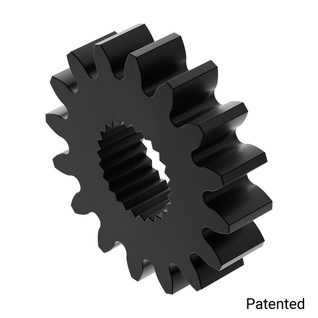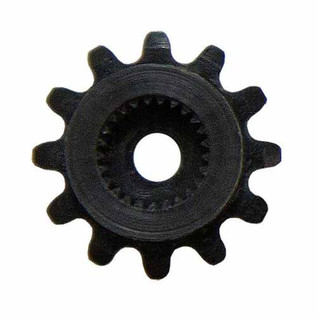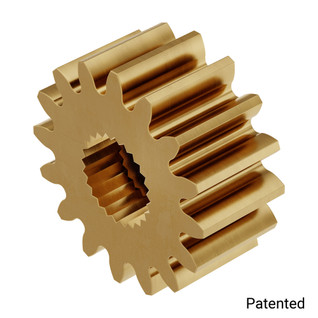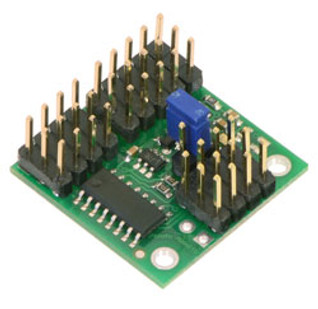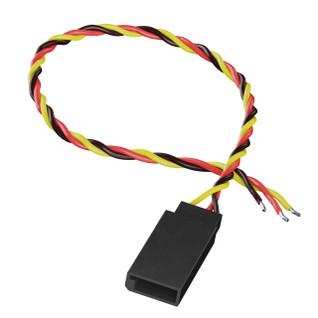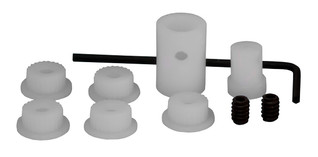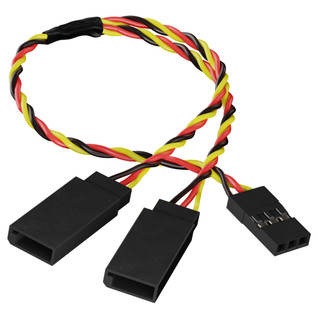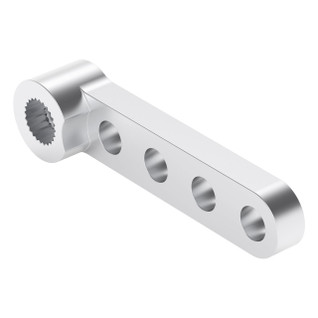HS-82MG Servo-Clockwise (stock)
SKU:
$28.99
Based on the ultra popular HS-81MG, the HS-82MG gets a new stronger motor and updated electronics for more precise centering. The HS-82MG is perfect for smaller aircraft and helicopters where a durable gear train is required.
How Far Will This Servo Rotate?
The answer to this question is partially dependent on what you are using to control the servo.
Click for a quick video explanation.
With an Average Radio System:
92°
Your average transmitter and receiver will output a relativly narrow PWM signal range.
Radio System + Travel Tuner:
165°
Adding a Servo Travel Tuner to your radio system setup will allow you to achieve wide PWM signal ranges.
Wide Signal Controllers:
165°
Controllers such as the Servo Commander, Arduinos, and Raspberry Pi servo hats can usually send a wide signal.
Specs
| Output Shaft Style | C24T Spline |
|---|---|
| Voltage Range | 4.8V - 6.0V |
| No-Load Speed (4.8V) | 0.12sec/60° |
| No-Load Speed (6.0V) | 0.10sec/60° |
| Stall Torque (4.8V) | 38.8 oz-in (2.8 kg.cm) |
| Stall Torque (6.0V) | 47.2 oz-in (3.4 kg.cm) |
| Pulse Amplitude | 3-5V |
| Operating Temperature | -20°C to +60°C |
| Current Drain - idle (4.8V) | 8.8mA |
| Current Drain - idle (6.0V) | 9.1mA |
| Current Drain - no-load (4.8V) | 220mA |
| Current Drain - no-load (6V) | 280mA |
| Continuous Rotation Modifiable | No |
| Direction w/ Increasing PWM Signal | Clockwise |
| Deadband Width | 8µs |
| Motor Type | 3 Pole Ferrite |
| Feedback Style | 5KΩ Potentiometer |
| Output Shaft Support | Outer case serves as bearing |
| Gear Material | 4 Metal and 1 Nylon |
| Wire Length | 6.29" (160mm) |
| Weight | 0.66oz (19g) |
| Wire Gauge | 28AWG |
| Servo Size | Micro |
| Max PWM Signal Range | 600-2200μsec |
| Max Rotation | 165° |
| Travel per µs | 0.103°/μsec |






















